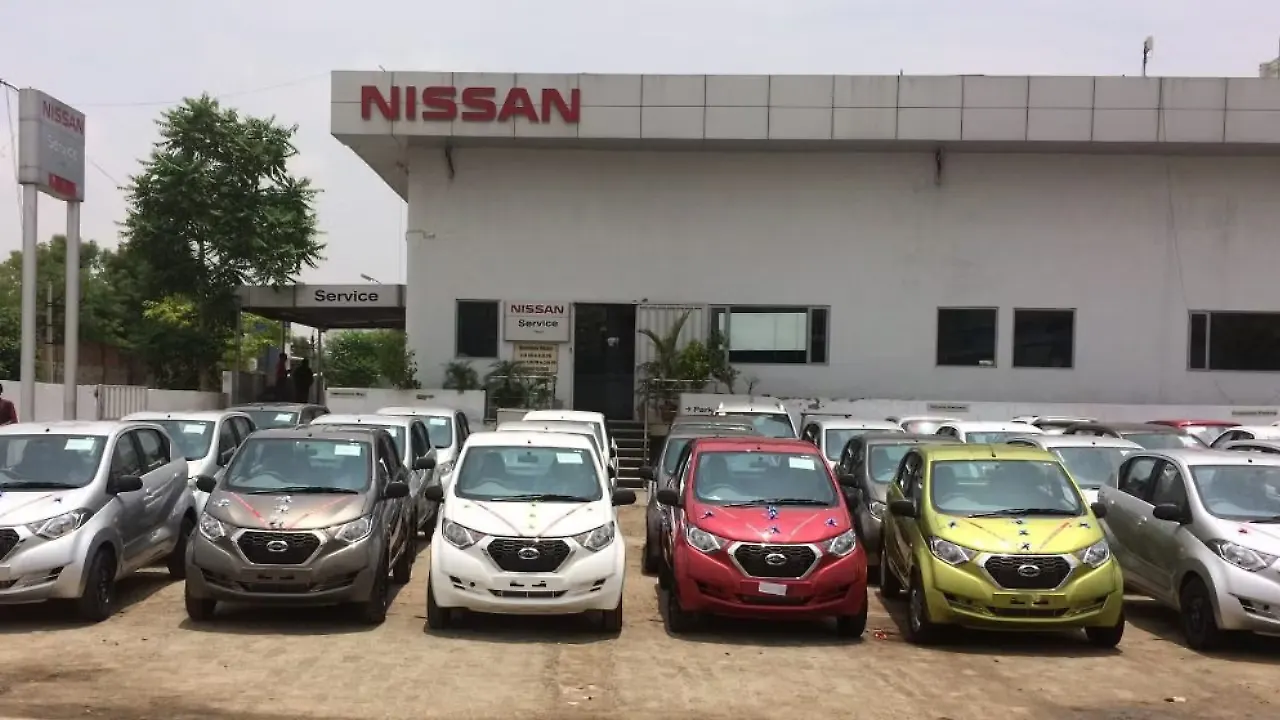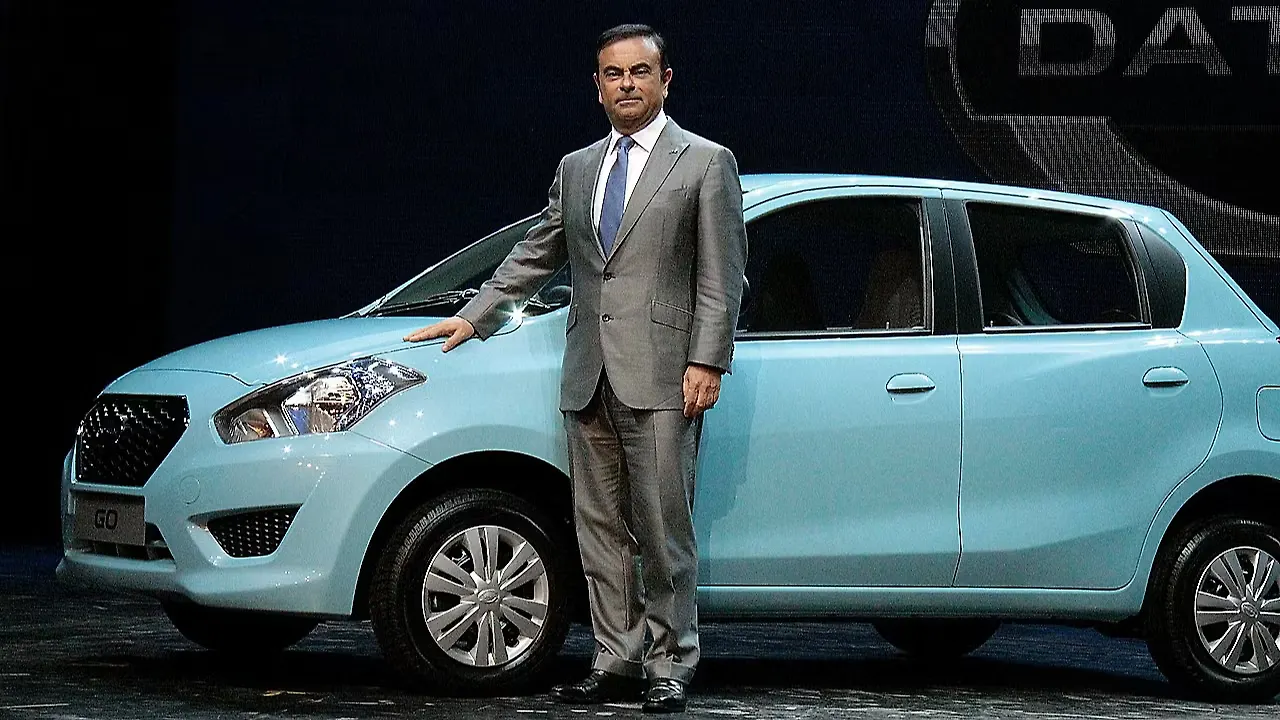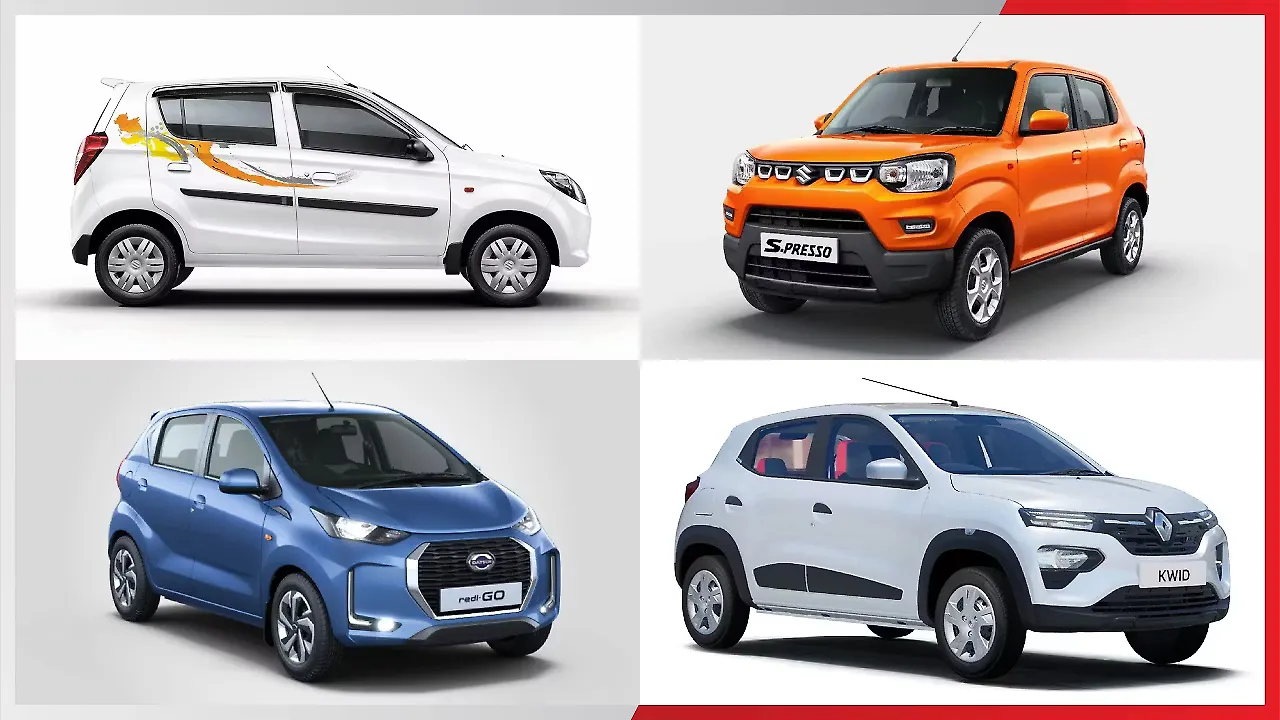
The Indian automotive market is one of the most challenging markets worldwide and one of the fastest-growing markets worldwide. Therefore, it needs special attention from the OEMs as the customers' requirements here are pretty different from anywhere else in the world.
The Indian customers give value proposition the utmost importance. People here want the most out of their money, be it tech features or the quality of the product. This is especially true when we look at the entry-level segment.
The once dominated segment with over 50% of the market share has now shrunk to nearly 34%. While at its peak, many OEMs tried their hands on the segment but only to fail.
As a result, some of the established manufacturers have completely abandoned the segment, while companies only catering to the segment have fled the market, with the latest being the Nissan owned Datsun.
Vinkesh Gulati, President, Federation of Automobile Dealers Association (FADA), said, “I feel they already had it coming, they were trying to push anyhow, they launched the RediGo, reduced the price and all those things.”
He continued, 'Somewhere they couldn't understand actually what they wanted to launch in India and whatever they had their product they were trying to tailor-made as per Indian context, but never planned the way Indians wanted.'
Gulati interestingly noted the problem with all the major OEMs who have gone out, including GM and Ford, was that they never thought of India as a market to create a product; they always thought of India as a market for theirproducts to be marketed.
While Punnet Gupta, Director, S&P Global Mobility, pointed out that when Datsun entered the Indian market in 2014, the market dynamics in the entry-level segment were undergoing significant changes.
He said that companies like Maruti Suzuki, Hyundai and Tata Motors started to bring out more value-focused products not just in terms of design but also in what they had to offer. “This is where the company (Datsun) lost its game even before its launch. The strategy was not wrong, the purpose was fine, but I think the refinement was not there in the products,” he noted.
It must be noted that at the time of launch, Carlos Ghosn, the then CEO of the Renault-Nissan alliance, had said that the plan for Nissan was to target 10% of the Indian car market by 2016 from 1.3% then, and Datsun would be the key to that.
However, things didn’t turn out as planned. The company managed to scoop up a market share of just 0.9% with its entry-level four-wheeler offering in FY21 before it announced its shut down.
“They were able to retail around 200,000 units in the span of nine year of their operations but they never were able to clinch a respectable market share,” Gupta said, adding that the company could have refined its products which could help in capturing a bigger slice of India's entry-level market segment.
Gulati added that the Datsun products were just ‘me too’ products with no outstanding features. However, they tried to compensate this by reducing the prices of the products and offering few schemes but couldn’t sustain the market.
Furthermore, he added that since the time the brand was launched, the company always piggy-banked upon the parent brand Nissan which never made it a brand to reckon with. And at a price point where its products were placed, Maruti is already the King and to compete with that, they had to offer their products either at a lower price point or similar to what MSIL was offering.
It was never a full package for a customer to make a compelling reason to but the product, he said, adding that “I feel somewhere they didn't price it well. And whenever they tried to give good schemes and prices, their positioning failed.”
On a positive note, though, the company’s exit from India wouldn’t have an effect on the dealerships as adversely as with Ford’s exit, Gulati mentioned. He added that Datsun had nearly 170 dealerships, out of which 80% were common with Nissan. Furthermore, Datsun didn’t expand its dealership network in the past three years.
“There should be some 15,000 to 20,000 manpower in the system dedicated to Datsun; so around 50% will be accommodated in the Nissan dealership. So, it's not a major loss, but yes, it will have some ripple effect,” he added.
However, he further noted that the dealerships are happy that Datsun has moved out because of the pressure that they were having. “If a dealership wanted 20 units of Magnite to be sold, it was a piggy bank with five Datsun RediGo or four Datsun Go,” he added.
Global Downfall
With the exit from India, the Japanese carmaker is now on the verge of vanishing from the global automotive map as well for the second time.
First launched in 1931, the Japanese carmaker had spread its wings in 190 countries around the world in a span of 55 years before shutting its operations down in 1986.
Then back in 2012, Nissan announced that it would bring back the Datsun brand as a low-cost car brand for use in Indonesia, Nepal, South Africa, India, and Russia.
The brand was relaunched in 2012 in Indonesia. Later in 2013 its first product the Datsun Go was unveiled in India which went on sale early 2014.

In just seven years, i.e. by 2020, the company had stopped its production in Indonesia and Russia, followed by India in 2022.
Gupta noted that in the global scenario, too, Datsun faced a similar challenge to the Indian market as the other markets it was catering to were also emerging markets.
“The overall global automotive industry is going through a paradigm shift right now. So, going forward, it is going to be all about technology. And primarily Datsun was making itself as a low cost brand rather than a high technology brand,” he added.
Whereas Gulati pointed out that the problem lay with the brand's positioning. Supporting this statement, he added that when the parent company starts working with two or three brand names and wants to establish separate verticals for each of them, then there could be problems somewhere within.
Citing the example of GM with Chevy and others and Tata with JLR, he said that these players with their respective sub-brands do sell their products under the same roof, but there is some differentiation between the products.
Practically Datsun products were not up to the mark as per the market and at that time the Nissan products were also below the market standards. So if Nissan would have taken the step to enhance their product portfolio earlier, it might have helped Datsun to sustain a bit longer, the FADA president stated.
Is It The Time For The Exit Of The Entry Level Segment?
With the data available, it is clear that the entry-level segment has fallen to its lowest level. Things turned down for the segment due to the pandemic. The target audience for the segment, rural areas, went into distress because of the job losses and were unsure about their future, stopping them from making any investment.
This decline in sales has generated a buzz around the segment vanishing from the market completely. However, Gulati stated that no matter what changes occur in the Indian automotive market, the entry-level segment will continue to be there because of the road infrastructure in India.
Meanwhile, the reason for the declining sales in the segment is due to the fact that the biggest problem of entry-level today is that it has become a monopoly, so there is no competition.
“Whoever tried to come into the entry level and compete, I’ll not say failed, but they didn't do well,” the FADA President added.
At present, the segment is being dominated by the leading Indian carmaker, Maruti Suzuki India. In FY22, the company sold 257,785 units of its entry-level product, the Alto 800, making it the best seller for the financial year.
The lack of competition, added to the current mindset of the lower middle class due to the pandemic, has led the segment down. Gulati added that until and unless these people are satisfied with their future, their savings and job status, the segment will continue to fall, maybe even to 30%.

While Gaurav Vangaal, Associate Director, S&P Global Mobility, pointed out that the segment will continue to fall or will stabilise at this rate as the Indian auto market is maturing and there are no new buyers as there is a weakness in the economy.
Gupta pointed out that other than the pandemic effect and the lack of competition, the price increase is also a major factor for poor sales. Due to the rise in the price of raw materials, the prices of automobiles have significantly gone up.
Maruti Suzuki has already taken four price hikes totalling almost 9% since January making it the highest ever price hike by the carmaker in a year.
Moreover, with new safety regulations kicking in, including the six airbags, the prices will increase further, the S&P Global Director noted. This makes it the most challenging segment in the market as there is no profit for new players, due to which they will desist from getting into the segment, he added.
To this, Gulati said, “Everybody understood this is a segment where a customer wants economy. And to get that economy, you need numbers. So it's a chicken and egg story. Should I sell every vehicle at a big loss today to have that economies of scale or should I don't enter the segment?”
He continued, “Lately, what has happened is that everybody has evicted or not given importance to that segment and have come to the compact SUV segment.”
However, all the analysts sang the same tune when it came to the future of the segment. They believe the segment will grow for sure. Gulati said if the fuel prices go down or even if it stabilises at a level and people start to accept that price, the fear of COVID and job uncertainty wipes off, rural India will get back on track.
He added that the way Maruti is going into CNG would also help the entry-level segment grow as it will cushion the fuel price increase.
With this, he predicted that the segment might see a rise, not back to its peak of 50% but at least capturing 40% of the market share.
He also believes that the 2024 general elections may also aid the segment to grow. He said 2023 will be a year of gifts and blessings from the government, which will increase the citizens' purchasing power, eventually helping the entry-level segment to grow along with the two-wheeler segment.
While Vangal added that in the long term, beyond 2025, the segment will again see a rise in numbers with the increase in fuel prices, leading buyers to move to more fuel-efficient A-segment cars.
Gupta predicts that EVs will be the key driver for the segment. At this stage, with the battery costs, it is more sensible to introduce the new technology with SUVs and compact SUVs. However, four to five years down the line, with battery costs coming down, the entry-level segment will be a great proposition for EVs and especially in the Indian context with its road infrastructure.
He further stated that the government should also push people to buy vehicles from this segment due to the road infrastructure and the congestion.
“I think, because the road density is extremely low the number of cars per km is already very high. So, the mini cars have their own importance in a country like India,” he concluded.